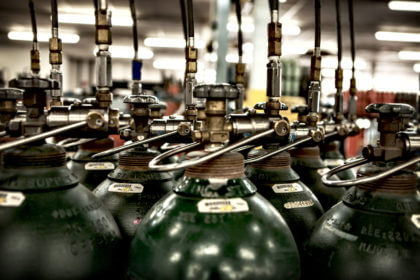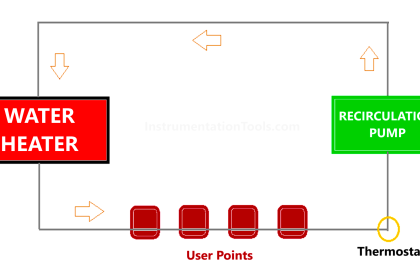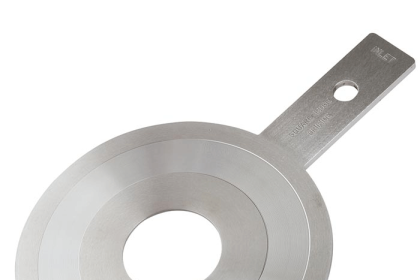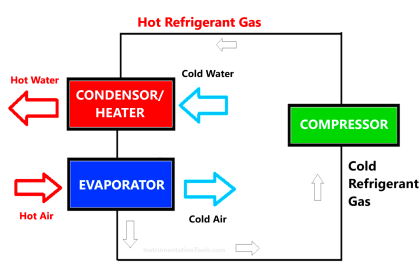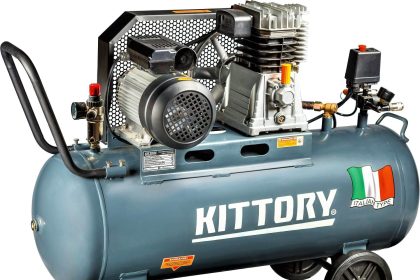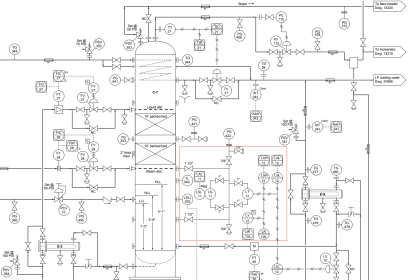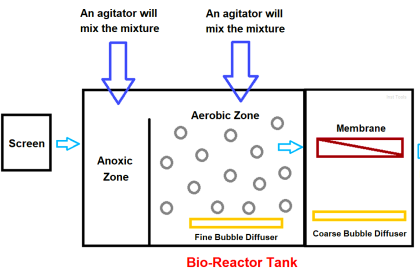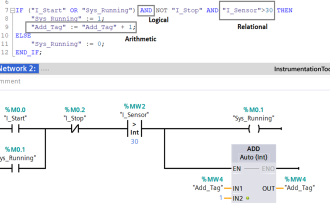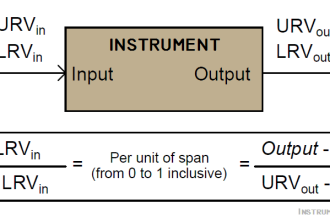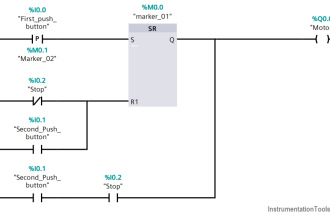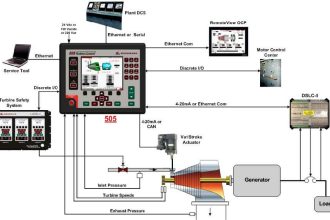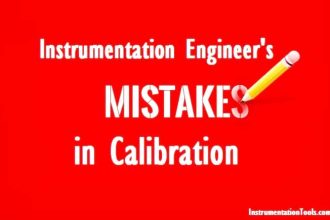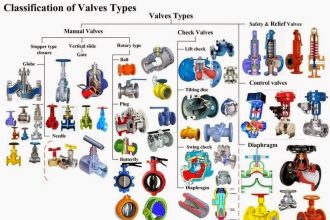Circulating pumps are mostly used in applications where water needs to be circulated for continuous cyclic operation and water demands.
One of the main applications of a circulating pump is in HVAC. They are designed to generate a forced circulation in a closed-loop system. Refer to the below image for understanding.
Circulating Pump
A typical example and the most widely used is a hot water transfer system in heating applications.
A circulating pump will transfer hot water in the loop continuously when in operation. It will just intake water and outflow it with high pressure to the required points, and the line is coming back into the system to just circulate it properly.

You would be wondering if this is similar to our normal pump operation. Yes, it is similar; but the main advantage that stands it out for circulation is its design. The pump has an inlet and outlet opening. Both these are in the same line with each other. Just imagine this with the line shown in the image.
Due to this, if you need to install a pump in between, you will just need to insert it without altering any pipeline arrangement. Other centrifugal pumps have different inlet and outlet openings means both will not be in line with each other.
Working of a Circulating Pump
Now, let us understand the working of a circulating pump. It is similar to the working of standard centrifugal pumps. The pump has an impeller blade. It is rotated through a motor when energized. The blades have curve-shaped lines to allow the proper flow of water through them. Water enters the blades in its central core.
When the pump is off, water will stay around the blades as there is no centrifugal force to move it. As the pump is started, the impeller blade moves; which starts to push water out of it. As the blade is rotating, it pulls more and more water towards it, and then, water is pushed out through centrifugal force. Water increases in velocity and kinetic energy as it reaches the edge of the impeller.
Water flows inside the blade casing through a volute region. As the water moves outwards and off the impeller, it’s going to create a region of low pressure at the center which pulls more water in and so a flow develops. The volute channel has an expanding diameter as it spirals around the circumference of the pump casing. As this increases, the velocity of the water will decrease, resulting in the pressure increasing.
As fluid flow initiates, the volute diameter starts expanding. This causes a decrease in the velocity of the fluid and an increase in the pressure. Thus, water will reach a greater pressure to the required heights and distances.
Circulating pumps, due to their name and application, has design features which allow them to circulate water at high temperatures with proper flow and pressure. This makes it most suitable for heating water transfer applications. In this way, we saw the concept of a circulating pump.
If you liked this article, then please subscribe to our YouTube Channel for Instrumentation, Electrical, PLC, and SCADA video tutorials.
You can also follow us on Facebook and Twitter to receive daily updates.
Read Next:

